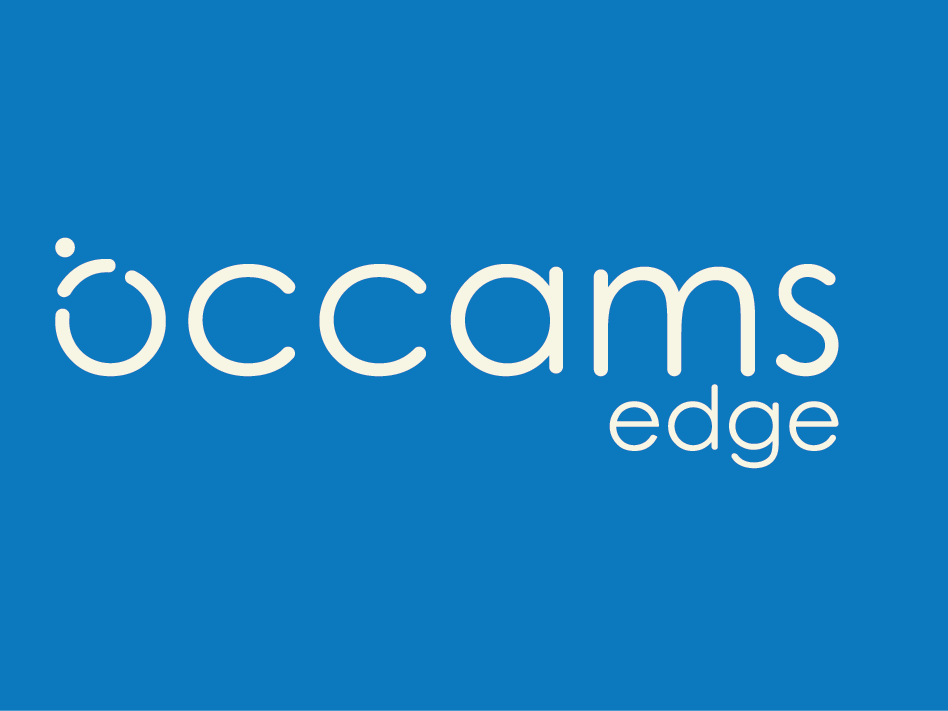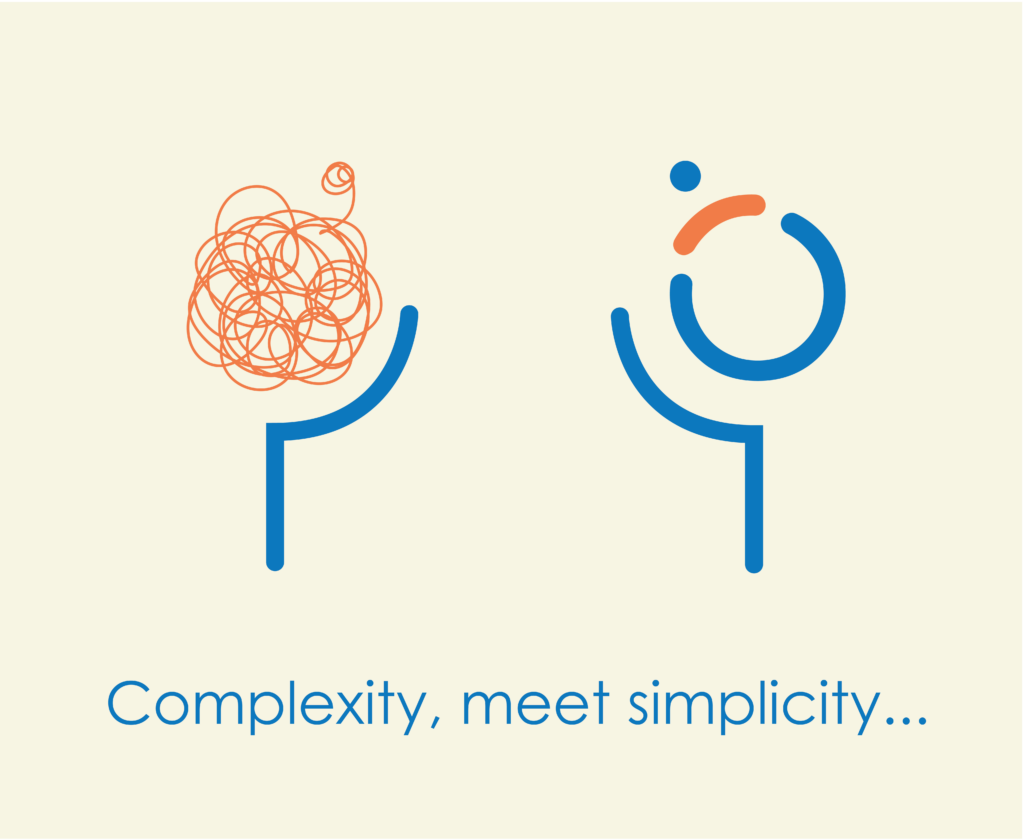A Google search of ‘how to run an effective meeting’ returns 555M entries in about 0.64 seconds. Hopefully that is sufficient to persuade you that there isn’t a shortage of instruction on how to lead a productive meeting. There are reportedly about 11M meetings a day in the US yet Harvard Business Review in their “Stop the Meeting Madness” article said that 71% of executives interviewed said meetings are unproductive.
It was hardly a surprise therefore that during our research on the topic of Complexity versus Simplicity a consistent theme from every single one of our interviewees was related to “too many meetings” and “unproductive meetings”.
Why then, with so much instruction available and a clear understanding of what good looks like are we still creating interactions that are unproductive?
To be fair, most people don’t attend meetings with the intention of making them unproductive. We approach them optimistically, forgetting quickly about the last time we met and hoping that we will do better this time. Good intentions apparently aren’t sufficient.
What meetings say about your organization
Poor meeting outcomes are signs of three underlying issues:
- Lack of engagement – whether this is “it’s not my job to prepare the agenda” or “hey, they’re paying me to sit here” most staff are disengaged during a meeting and most likely before and after as well.
- Lack of leadership – leaders need to insist on the appropriate process: objectives, agenda, actions, etc. This of course means that when leaders hold meetings that they lead with the appropriate process too.
- Lack of accountability – if it’s OK to go from meeting to meeting with no real process or outcomes then there is clearly an accountability problem. If it’s culturally acceptable to have unproductive interactions quite often this is demonstrated in other parts of the organization.
The opposite of these signals is also true, in that where you have productive interactions, it is normally an indication of a positive culture with an engaged workforce, competent leaders, and acountability. Certainly, given the behavioral components of an effective meeting it isn’t unusual to find pockets of an organization where engagement, leadership, and accountability thrive. A lot comes down to the leadership style of an individual, department, or group.
Meetings continue to be an important way in which we collaborate, share ideas, and gain alignment. Moreover, they provide a human connection, a social connection and a place to further business and personal relationships. When conducted properly they are energizing. When we fail to bring the discipline, structure, and process to the interaction the result is fodder for the next Dilbert cartoon.




